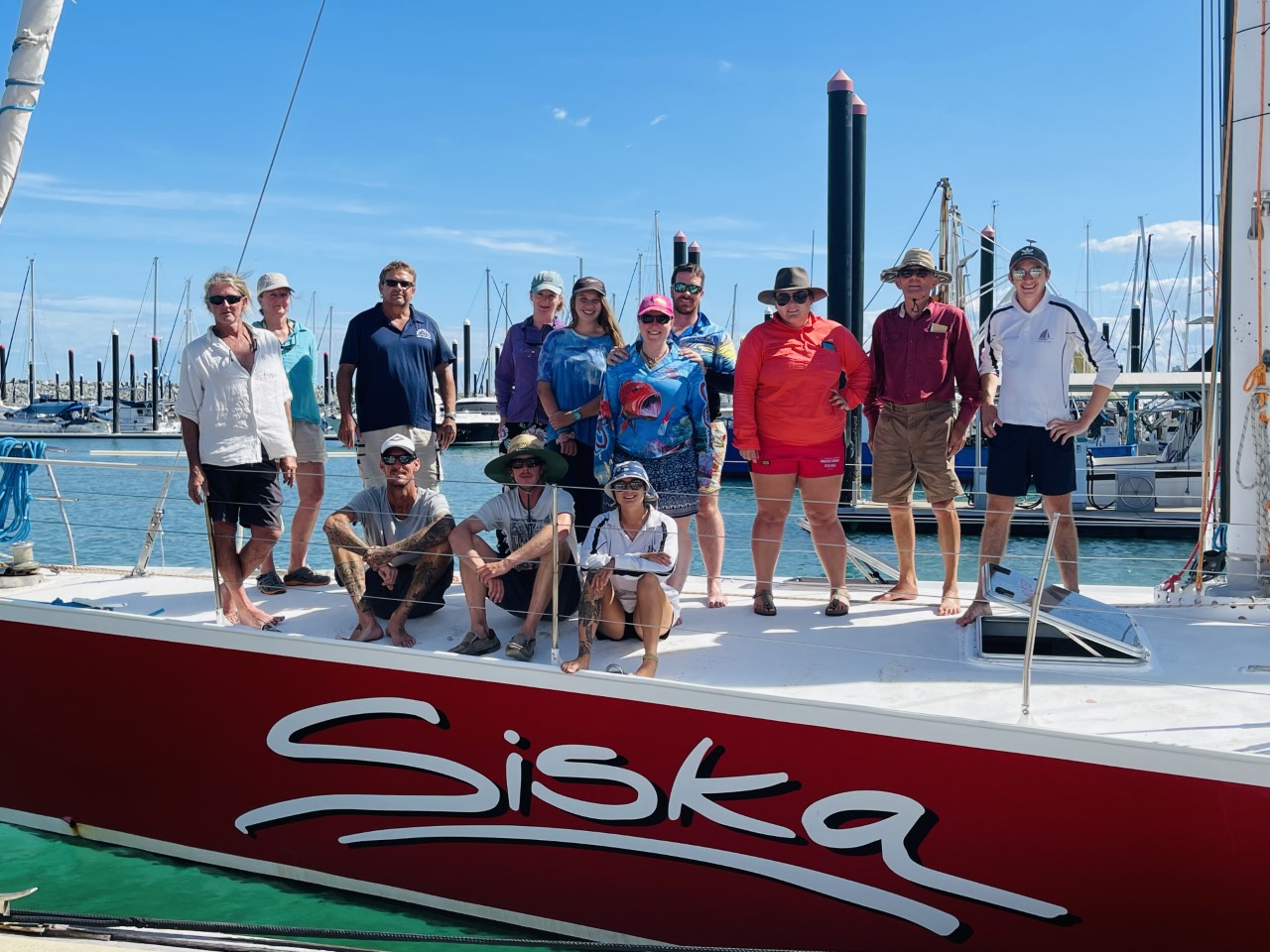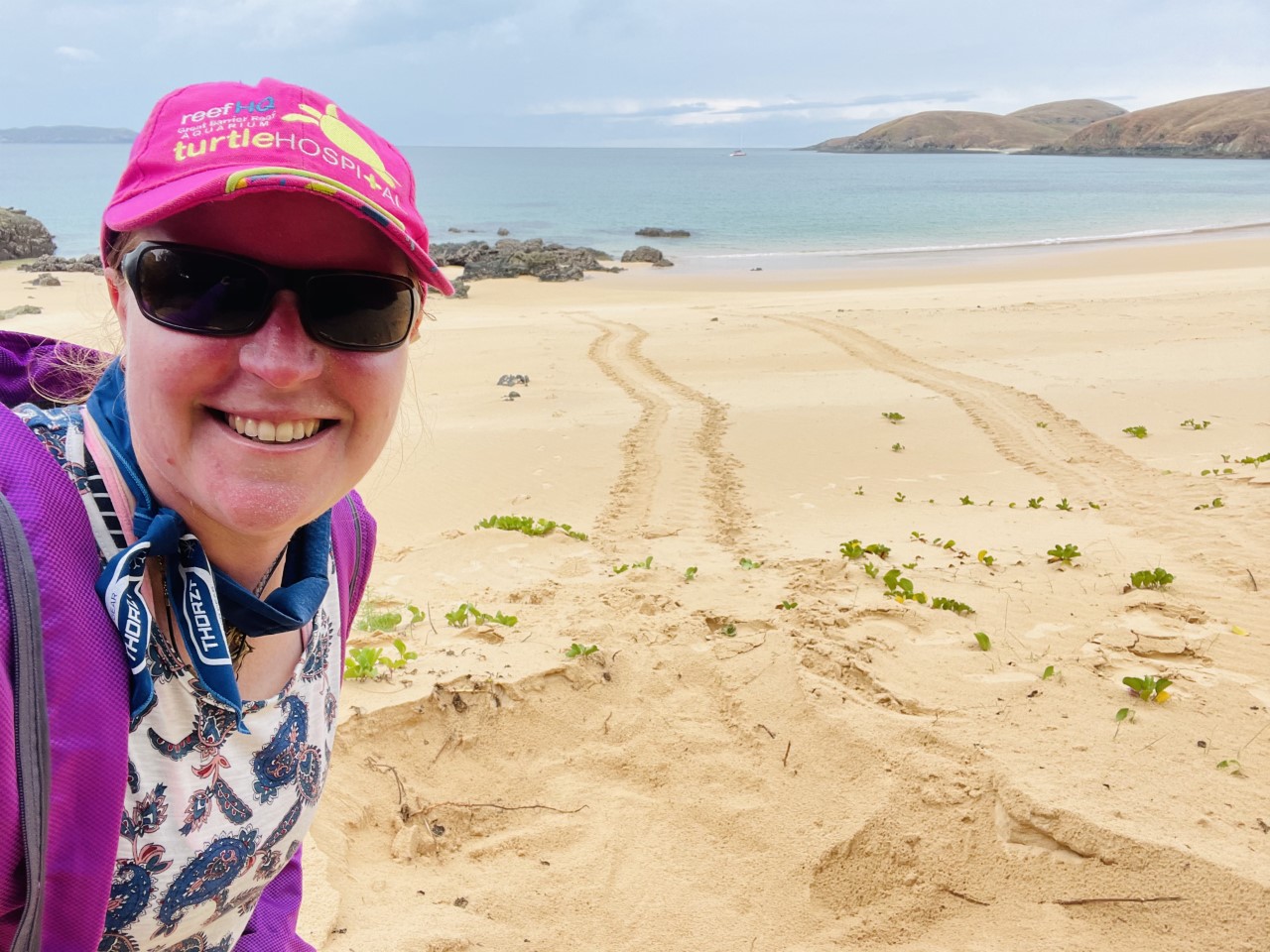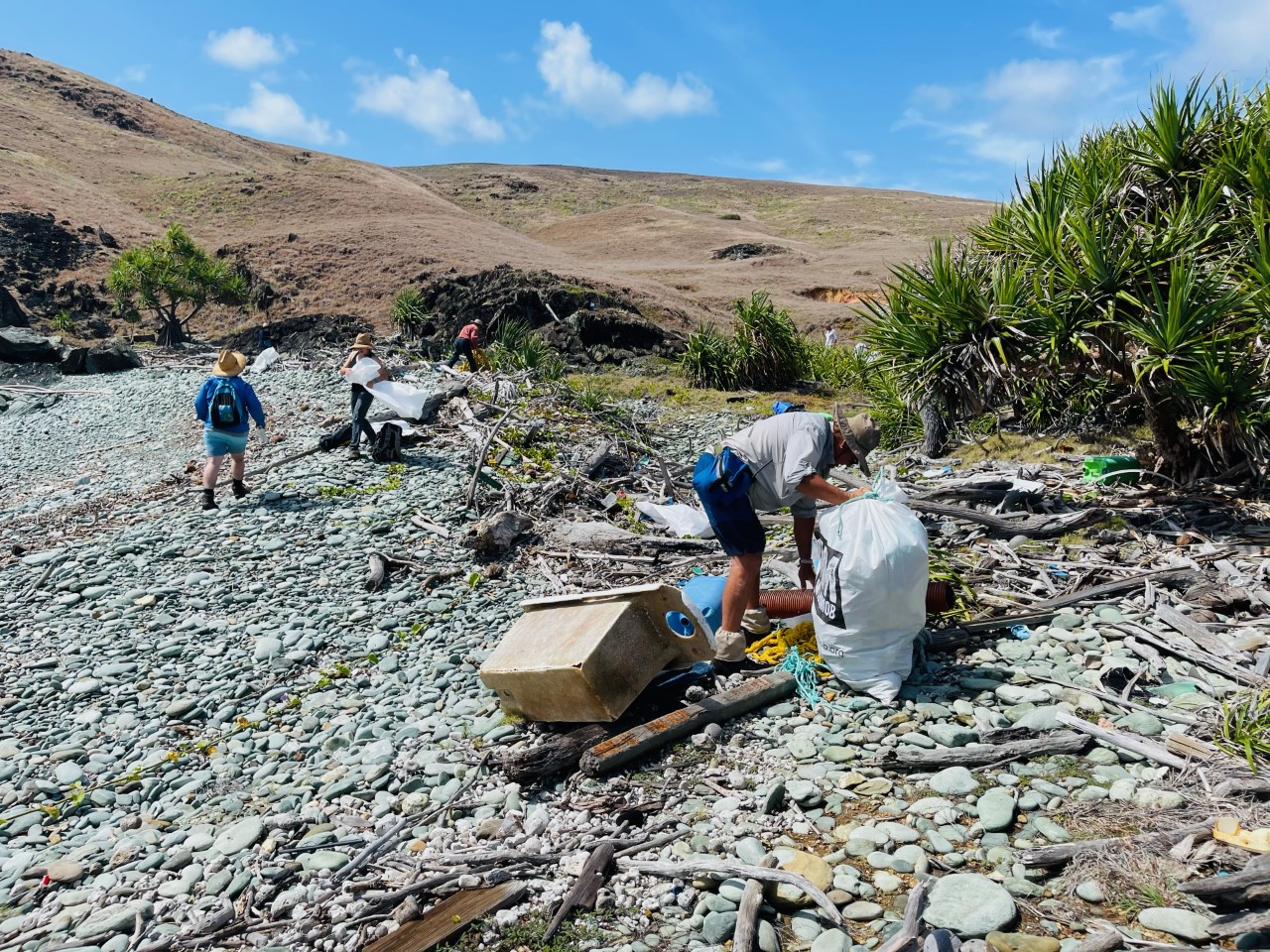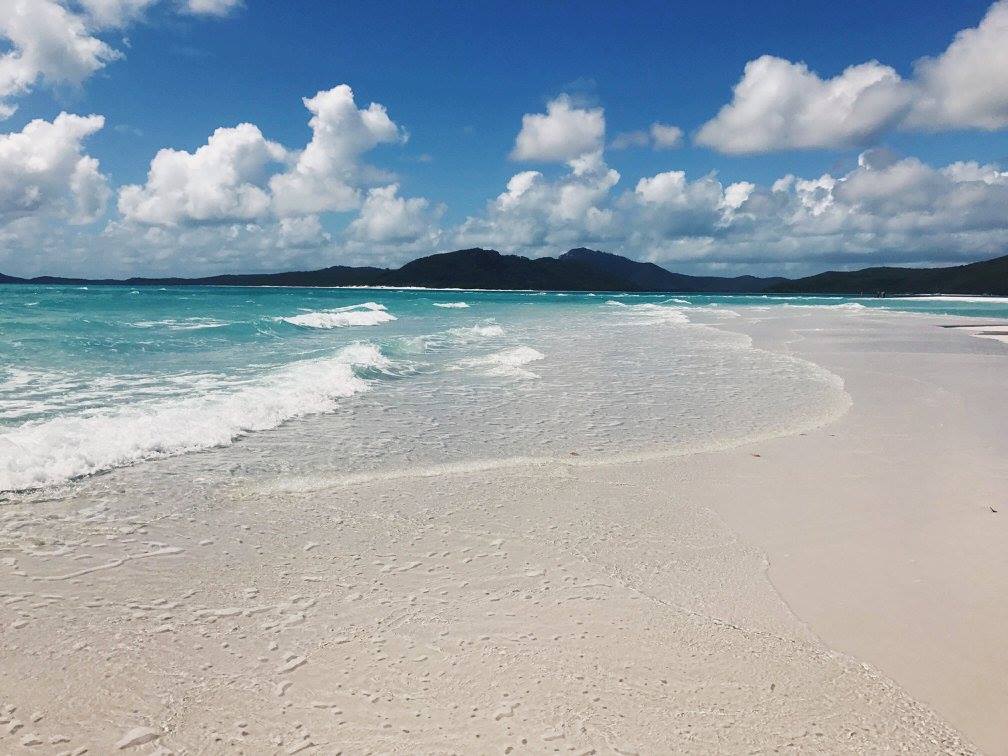Reef Catchments: resilient ecosystems, engaged community
THERE is a team of skilled and environmentally focused people working hard to sustain, protect and improve our natural resources in the Mackay Whitsunday Isaac region. ”
Reef Catchments are the Natural Resource Management (NRM) group for the Mackay Whitsunday Isaac region.
>>READ MORE: How to help protect Mackay’s turtles this nesting season
Reef Catchments and NRM
Communications and media officer Jonathan Reichard said since 1999, Reef Catchments has been working to facilitate change and establish long-term solutions to sustain, protect, and improve the region’s natural resources and environment, both now and into the future.
“NRM is land and environment conservation. Our natural resources are the vital systems that are the bedrock of our lifestyle and industries. They include water, land, plants, animals and micro-organisms linked to our forests, woodlands, grasslands, rivers, lakes, wetlands, coasts, estuaries and marine ecosystems. NRM is the official term for the long-term, sustainable management of these valuable resources for the future.
“The work we do includes caring for and promoting the health of water and waterways, wetlands and coastlands, biodiversity, pest and weed management, sustainable agriculture practices and also ecosystem restoration and engaging with the community.”
>> READ MORE: Healthy Clean and Green: small changes, big impact

Reef Catchments turtle monitoring
As part of this important work, twice a year with funding from the Australian Government’s Regional Land Partnership, Reef Catchments contracts two turtle monitoring trips out to the Islands off Mackay.
One of these trips involved investigating turtle nesting successfulness out on the Northumberland Islands.
Baileux directors Benjamin Molineux and Jenni Bailey volunteered to be on the trip to Percy Islands, aboard the vessel Siska, which departed Mackay Harbour on 8 December and returned 12 December 2020.
This scoping trip primarily looked at beach profiles, suitable nesting habitat and turtle nesting successfulness.
>> READ MORE: Sports Health and Massage: more than a massage clinic

Baileux’s Jenni Bailey with turtle tracks. Photo: Jenni Bailey
Reef Catchments Percy Island trip
Reef Catchment Project Officer Sally Stutsel said the research conducted on the turtle monitoring trips, such as South Percy and Pine Peak Island, is vitally important to better understand what is happening out on the islands and to inform management decisions.
“It is illegal to handle marine turtles, so only fully authorised persons such as some members of Mackay and District Turtle Watch who are also fully authorised by the Queensland Turtle Conservation Project (Dept of Env and Science) were involved with handling.
Reef Catchments reports data to the Australian Government whereas Mackay and District Turtle Watch report to the Queensland Turtle Conservation Project and various other authorities.
Nesting activity was observed for both Green and Flatback turtles, however, many unsuccessful nesting attempts were observed, mostly due to very dry sand before the wet season and poor habitat condition.
“Turtle track counts were conducted at all islands visited. Night-time monitoring was conducted around the high tide at Pine Peak Island, South Percy Island and Middle Percy Island.
“In addition to turtle research, huge amounts of marine debris were collected on the islands. Most of it was brought back to shore ready to be audited. Some of it was stockpiled for pick up at a later date. There is still a lot out there on the beaches to be collected. The islands were also surveyed for weeds, for example, prickly pear.

Marine debris is collected on the islands. Photo: Jenni Bailey
“These are really important initiatives to improve nesting habitat and therefore nesting successfulness,” Sally said.
For more information about Reef Catchments visit their website here.



